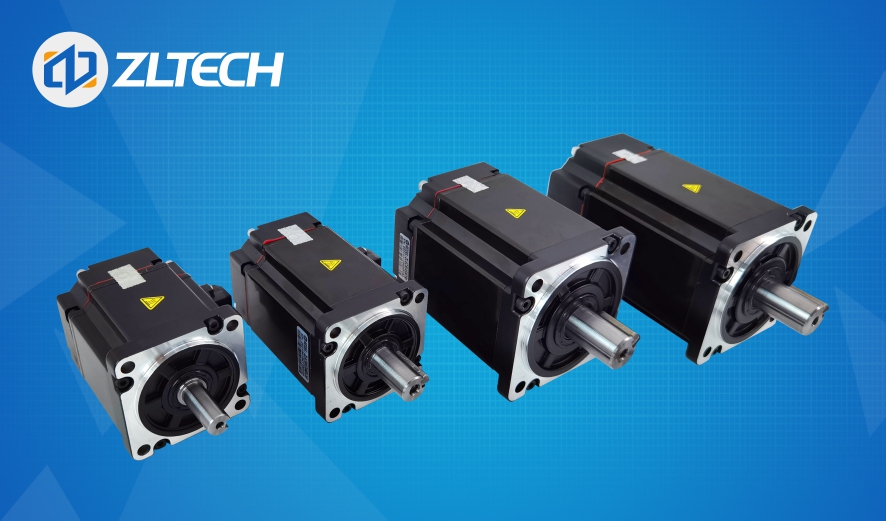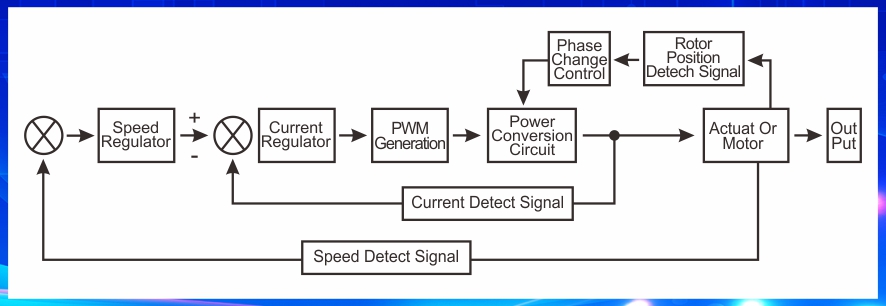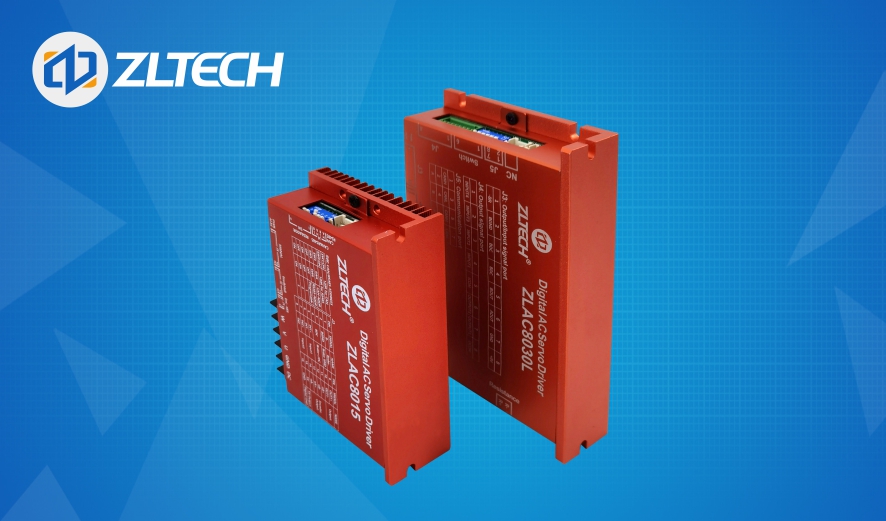一:Servo motor
1:Concept
The servo motor amplifies, transforms, and regulates the power according to the requirements of control commands, making the torque, speed, and position control output by the driving device very flexible and convenient.
Due to its “servo” performance, it is named a servo motor. Its function is to convert the input voltage control signal into angular displacement and angular velocity output on the shaft to drive the control object.
Servo motors are generally divided into two categories: DC servo motors and AC servo motors.
二: Servo driver
1:Concept
Servo driver, also known as “servo controllers” or “servo amplifiers,” is a type of controller used to control servo motor. Its function is similar to that of a frequency converter acting on ordinary AC motor, and it is a part of servo system. It is mainly used in high-precision positioning systems. Generally, servo motors are controlled through three methods: position, speed, and torque to achieve high-precision positioning of the transmission system. Currently, it is a high-end product in transmission technology.
2:Structure and Principle
The servo driver mainly consists of servo control unit, power drive unit, and communication interface unit. The servo control unit includes position controller, speed controller, torque and current controller, etc.
Servo driver could generally be divided into two modules: a power board and a control board, which have relatively independent functions. The power board is a strong current part, which includes two units. One is the power drive unit IPM used for motor drive, and the other is the switching power supply unit that provides digital and analog power for the entire system. The control board is the weak current part, which is the control core of the motor and the operating carrier of the servo driver technology core control algorithm. The control board outputs PWM/PFM signals through corresponding algorithms as the driving signal of the driving circuit to change the output power of the inverter, in order to achieve the purpose of controlling the AC servo motor.
Servo driver drives the execution motor under the action of control signals, so whether the driver can work properly directly affects the overall performance of the equipment. In a servo control system, the servo driver is equivalent to the brain, and the executing motor is equivalent to the hands and feet. The role of a servo driver in a servo control system is to adjust the speed of the motor, therefore it is also an automatic speed control system.
The working principle diagram of the servo driver is shown below:
The core main control board of the driver, which transmits control signals and detection signals through the relay board, completes the double closed-loop control shown in the figure above, including speed regulation and current regulation, and realizes the speed control and commutation control of the executing motor. The driver board of the driver receives signals from the main control board to drive the power conversion circuit, achieving the normal operation of the executing motor.
Shenzhen Zhongling Technology Co., Ltd. (ZLTECH for short) has currently developed 3 types of drivers, namely ZLAC8015, ZLAC8015D, and ZLAC8030L. They all support CANOPEN and RS485 control, respectively.
ZLTECH has over ten years of industrial control servo technology and rich application experience in service robots and AGVs. It has been researching and developing advanced servo driver control technology, conducting multiple designs and experiments, and has been widely used in many service robot factories. It has the advantages of silence, stable operation, high stability and reliability, convenient installation, and high cost-effectiveness, Solved the pain points in the hearts of service robot manufacturers and promoted the development of the service robot industry.
Post time: Jul-26-2023



